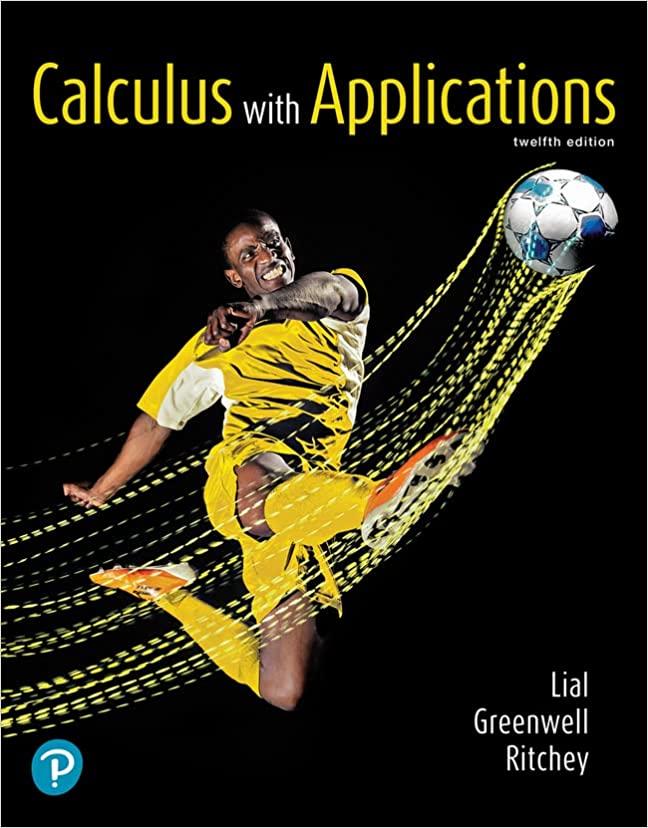Exercises require both the trapezoidal rule and Simpsons rule. They can be worked without calculator programs if
Question:
Exercises require both the trapezoidal rule and Simpson’s rule. They can be worked without calculator programs if such programs are not available, although they require more calculation than the other problems in this exercise set.
The difference between the true value of an integral and the value given by the trapezoidal rule or Simpson’s rule is known as the error. In numerical analysis, the error is studied to determine how large n must be for the error to be smaller than some specified amount. For both rules, the error is inversely proportional to a power of n, the number of subdivisions. In other words, the error is roughly k/np, where k is a constant that depends on the function and the interval, and p is a power that depends only on the method used. With a little experimentation, you can find out what the power p is for the trapezoidal rule and for Simpson’s rule.
Repeat Exercise 19 using Simpson’s rule.
Exercise 19
(a) Find the exact value of ∫01x4 dx.
(b) Approximate the integral in part (a) using the trapezoidal rule with n = 4, 8, 16, and 32. For each of these answers, find the absolute value of the error by subtracting the trapezoidal rule answer from the exact answer found in part (a).
(c) If the error is k/np, then the error times n p should be approximately a constant. Multiply the errors in part (b) times np for p = 1, 2, etc., until you find a power p yielding the same answer for all four values of n.
Step by Step Answer:






